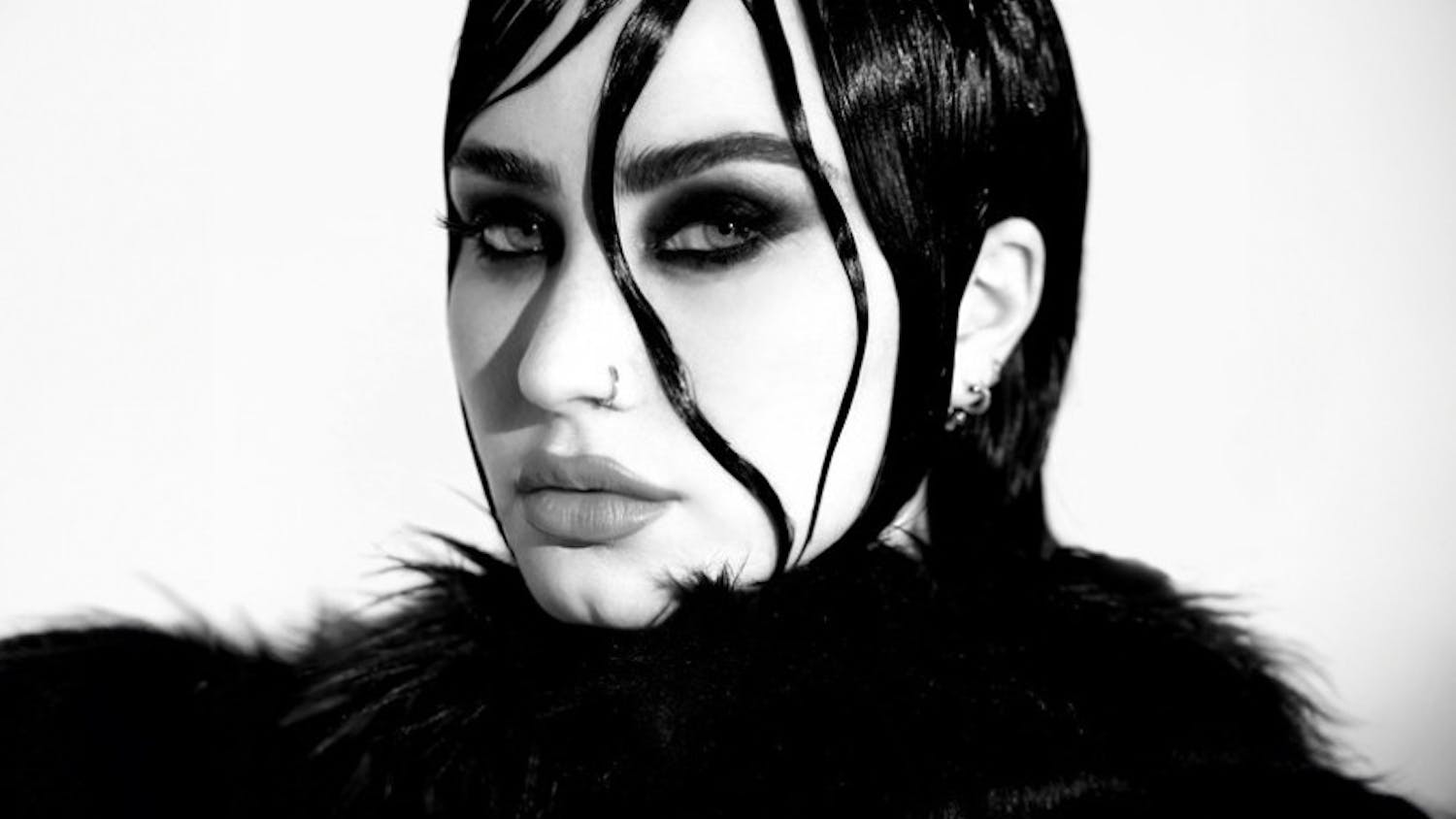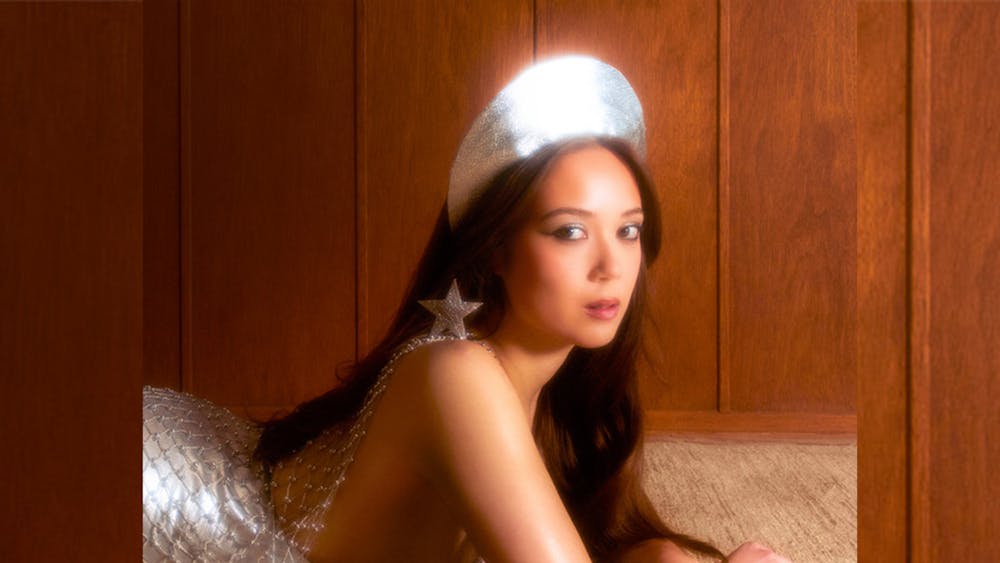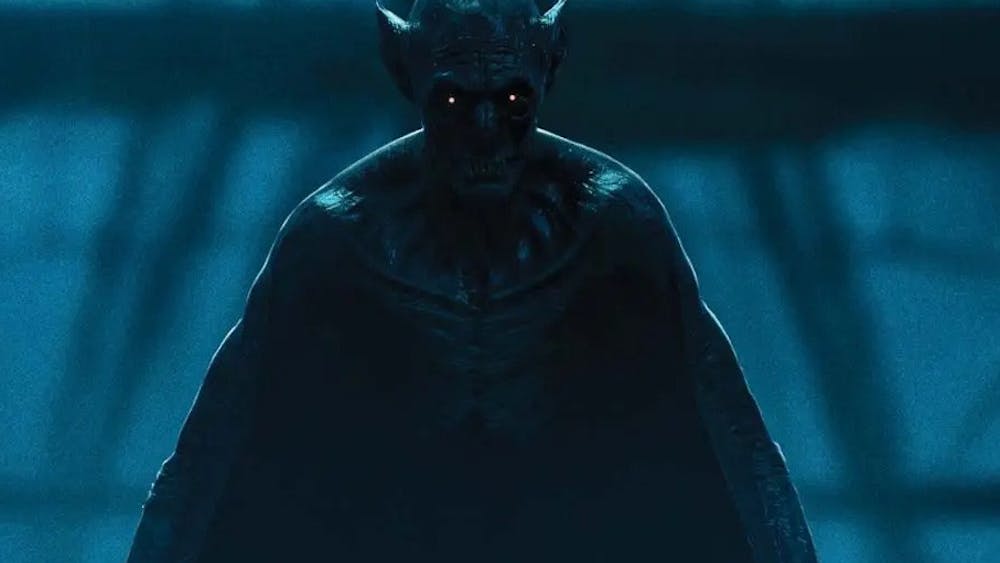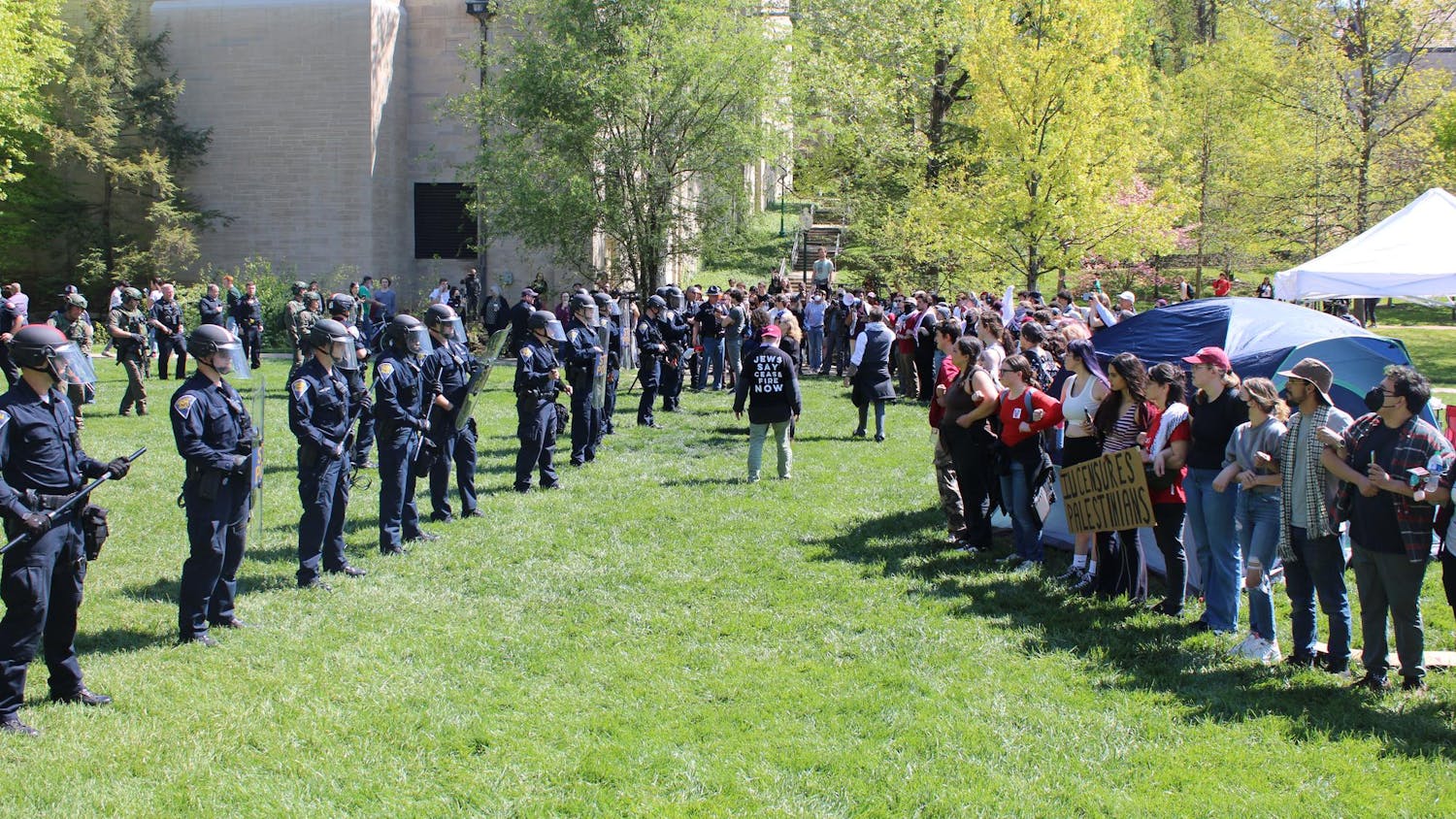After the very traditional "Così Fan Tutte" and "Roméo et Juliette," the IU Opera Department threw audiences a curveball: Benjamin Britten's "A Midsummer Night's Dream."\nOne word best describes the opera: bizarre. That's not to say it was bad -- in fact, it was rather enjoyable. Just to put things in perspective, the first two premiered in 1790 and 1867, respectively; Britten's opera dates from 1960. Yet despite its late date, "A Midsummer Night's Dream" uses rather standard harmonies and manages to be fresh and unique without being unbearably avant-garde. The music is reflective of Shakespeare's fairy-tale subject material -- at times dreamy and mysterious, eerie at others and light and airy at still others. A small pit orchestra, as well as atypical pit instruments such as the harpsichord and celesta, are mainly what achieve this effect.\nBritten's music is also very playful. A trained listener can pick up a jab at Verdi arias and quotations from the seventh symphony of Shostakovich (with whom Britten was friends).\nThe true success of the production is the ability of the lighting, set and costumes to blend perfectly with the music. Of these, the set (by C. David Higgins) was by far the most impressive achievement. It was remarkably simple, consisting of a few pearlized green columns on rotating bases with leaves made of yellow transparent plastic. What truly made this set stand out, though, were the lighting effects. The stage was always mostly dark -- too bright lights would not have conveyed a forest scene -- and an emphasis on blues, greens and pink added a subdued shimmer that highlight the magical atmosphere.\nThe costumes were wonderfully odd -- straight out of a dream. It was obvious that much care and effort went into designing, making and donning the outfits. The overall impression the fairies' costumes gave was of glam rockers' elaborate couture from the 1970s and 1980s. The costumes of the two pairs of Athenian lovers, however, were lacking, especially when viewed in light of the magnificent fairy costumes. Granted, as "human" characters, the costumes should have been more subdued, but the colors and cuts were too bland to be interesting to audience members' eyes. For example, some of the lovers wore jeans. I could think of many more interesting materials, patterns and colors to use on an operatic stage.\nAn opera cannot be reviewed without mention of the singing -- and special attention must be given here to Daniel Bubeck in the role of Oberon, king of the fairies. Britten wrote the part as the first major countertenor role since Purcell's operas of the late 17th century -- Bubeck sang his part in a range normally sung by a woman. The ability to train his voice to sing in that range -- for more than three hours -- definitely speaks volumes for Bubeck's talent.\nOther roles that deserve notice are those of the fairies -- all played by children. One certainly has to admire these children overcoming their stage fright and donning cumbersome costumes, appearing before a live audience and singing their part without flaw.\nAlso, Greg Brooks provided comic relief in his role as Nick Bottom, a weaver whom Oberon transformed into an ass, and with whom Tytania, queen of the fairies, falls in love.\nFinally, the orchestra, conducted by David Effron, dealt remarkably well playing Britten's strange music. In fact, it could be argued it was the most successful element of the performance, since so much of the atmosphere rests on its ability to be conveyed through the music.\nFor a fun and unique performance, "A Midsummer Night's Dream" is well worth seeing. It is different but still very much an opera.
Britten opera brings out the magic in Shakespeare
Get stories like this in your inbox
Subscribe





